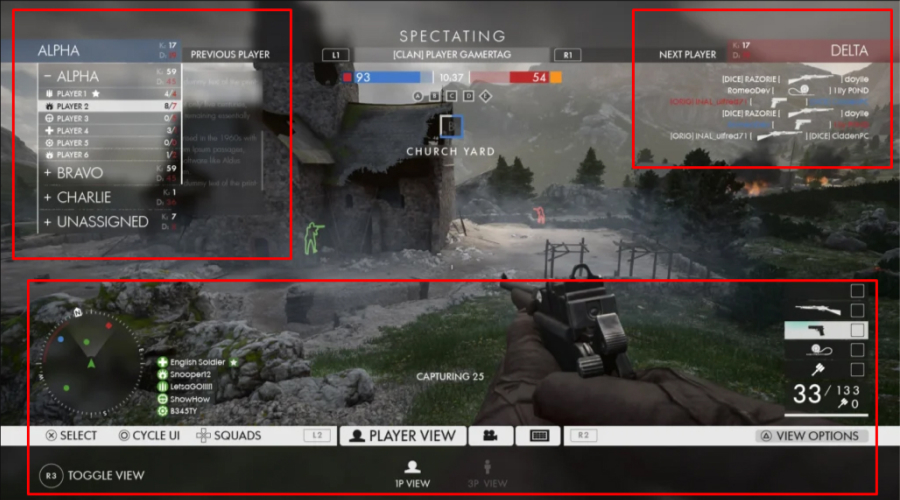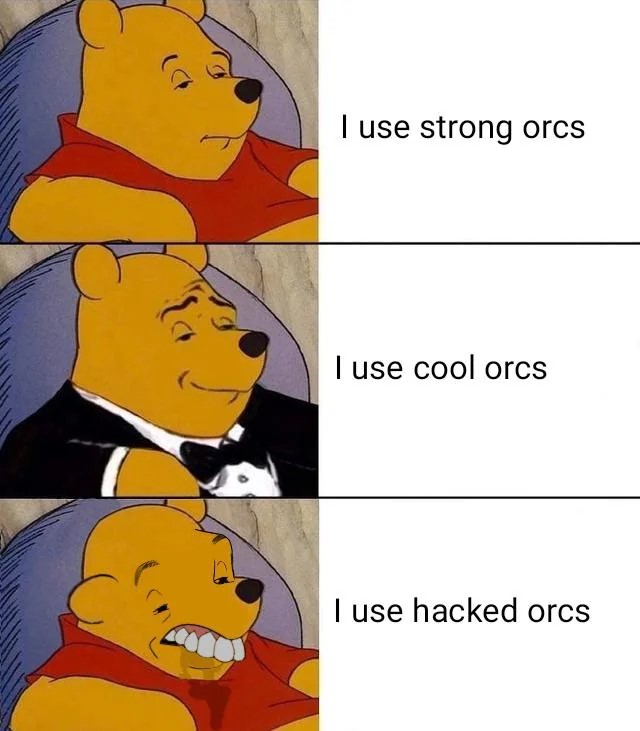
The way video game interfaces and player experiences are designed is changing quickly.
In 2025, games are expected to become even more engaging and easy to use for players. This change is driven by new research and the use of virtual reality (VR), augmented reality (AR), AI and designs that focus on the player.
We reviewed more than a dozen research materials to investigate current and future trends of video game ui.
Importance of UI/UX and Gameplay Experience (GX)
Research on the game Tekken 7 found that players greatly value a good interface, user experience, and game experience.

This varies by age and gender, with males aged 21-30 especially liking the game’s main menu, character designs, customization options, and gameplay interface.
- 67.6% of respondents are very in love with the main menu UI.
- 64.9% of respondents are very in love with the character design of game.
- 62.2% of respondents are very in love with gameplay UI.
➯ Using Virtual Reality and 3D for Better Interaction
Virtual reality (VR) and 3D interactions in video games are becoming more popular. As gaming technology improves, there’s a growing demand for games that let players feel like they’re really part of the game world.
Early technology like the Nintendo Wii and games such as Guitar Hero showed how VR and 3D can make gaming more fun by letting players interact with games in natural ways.

➯ Standardization in Interface Design
Looking at similar games, studies found that a well-designed interface that shows important information clearly while keeping less important details out of the way can make the gaming experience better.
This was seen in the game “Unbreakable Mind,” showing how crucial good interface design is.
In video games, people identify UI as Heads-up Display (HUD). Players will mostly spend their time seeing the HUD of a game.

➯ Playability and UX in Video Games
The study introduced a framework for analyzing and evaluating the UX in interactive entertainment systems, emphasizing that usability alone cannot fully characterize the player experience (PX), leading to the concept of Playability.
This framework helps in understanding and measuring the gaming experience to improve playtime enjoyment.
Also, you can differentiate player types into three categories (accordingly, your UI/UX in game design needs to be customized for each player category separately)
- Casual Gamer: a player whose time or interest in playing games is limited or do not spend much time playing more involved games.
- Mid-core gamer: a player with a wide range of interests and enthusiasts toward creative and diverse games, but without the amount of time spent and sense of competition of a hardcore gamer.
- Hardcore gamer: They prefer to take significant time and practice on games and tend to play more involved games that require larger amounts of time to complete or master.

➯ Adaptable UI/UX Based on Cognitive and Behavior Information
Proposing a method for analyzing users’ cognitive and behavioral information to provide a customized UI/UX, the study showed that personalizing interfaces based on user profiles can significantly improve the user experience.
An interesting fact is that the user interface distributed by game developers is monotonous and creates problems for users because it does not take into account the condition and circumstances of each individual.
For example, the older generation tends to have poorer vision and hearing compared to the average person. In addition, due to their advanced age, they have a lower item recognition index. However, the design of user interfaces mostly does not take into account any of these possible circumstances.
➯ Generative AI for Game Design
The use of generative AI processes in game design, specifically for 2D platformer character design and animation, shows potential to simplify the animation production process. This research demonstrates how generative AI can control randomness in design, providing more effective tools for game developers.
Software tools like ChatGPT, Midjourney, Stable Diffusion, and Unity are used to streamline the production process.
➯ Focusing on the Player’s Experience
Game designers are paying more attention to the player’s experience, including how the game looks and feels, and how easy it is to play.
Studies have shown that the way a game is designed can keep players interested for longer. This means game makers need to work on making games that are easy and fun to play, which makes the game experience better.
➯ Designing Games with the Player in Mind
As the gaming industry grows, making games has become more complicated. It’s important for game designers to make sure games meet what players want and expect. This involves using design methods that focus on the player, considering both social and technical aspects of game design.
By doing this, games can be more enjoyable and meet players’ needs.
Techniques like deep neural networks and statistical methods have been applied for tasks such as forecasting the location of objects in video games, contributing to the creation of an infinite universe in the videogame without any additional video frames of the input video or hard coding any scenes to build the scenes further.
Summarizing the whole information, effective game design isn’t just about looks; it also involves making the interface functional and adaptable to player needs and preferences.
As UI/UX design continues to advance, it opens new possibilities for increasing player engagement and satisfaction.






